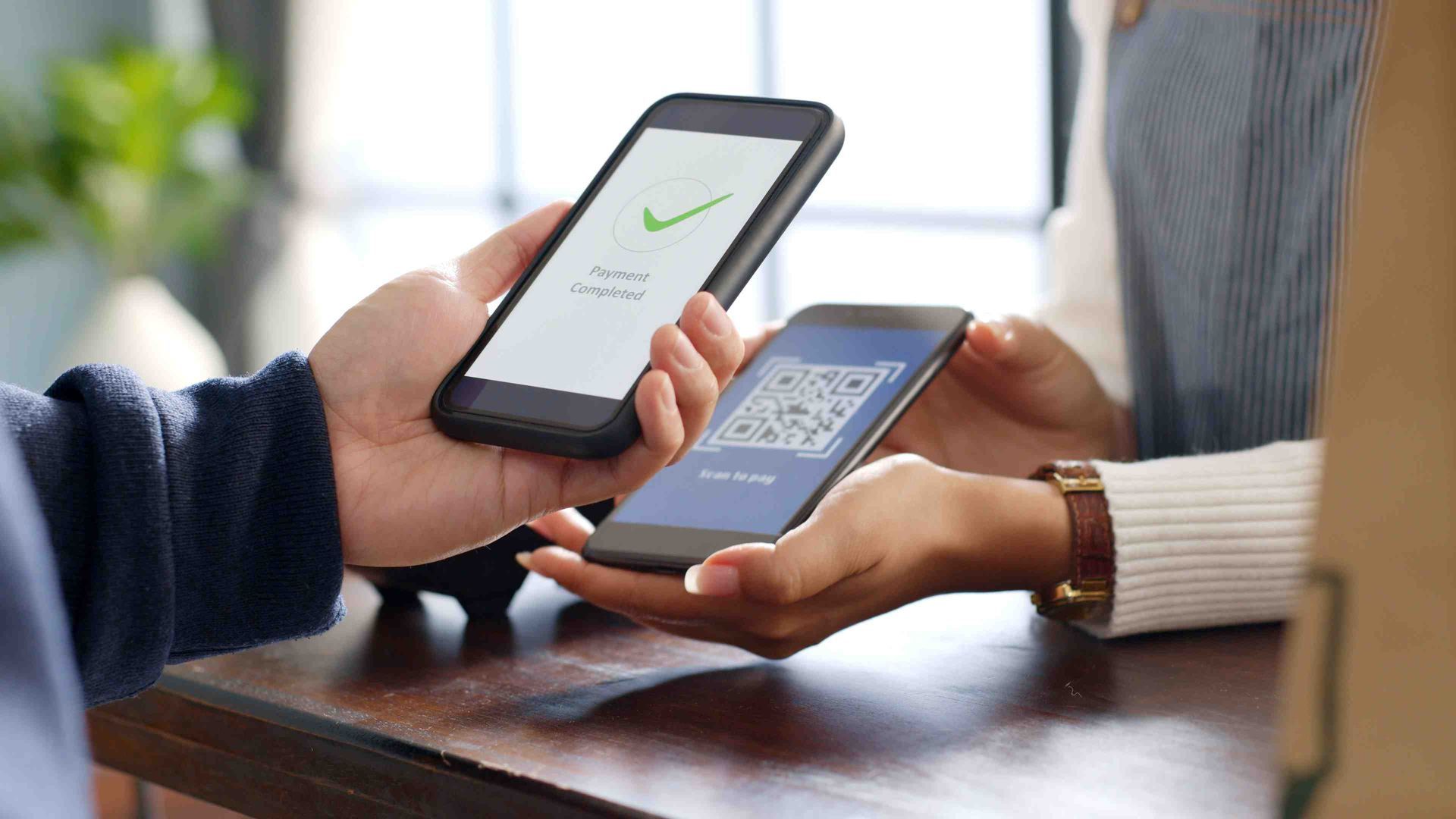What to Put on a Business Card
When it comes to leaving a lasting impression, nothing does the job quite like a thoughtfully designed business card. It’s not merely a piece of paper; it’s your professional identity packed into a wallet-sized canvas.
But what exactly should you put on a business card? Let’s take a stroll through each component, ensuring your business card creates an impact that sticks!
Logo: The Emblem of Your Brand
Think of your logo as the visual anchor for your brand. It’s far more than a mere piece of design; it’s the symbolic embodiment of everything your company stands for. People form a quick first impression when they glance at your business card, and your logo plays a pivotal role in shaping that impression.
Having a well-designed logo on your business card signifies a clear identity, conveys professionalism, and helps to embed your brand in the minds of recipients. Ensure it reflects your brand’s ethos and communicates the essence of what you do.
Opt for a high-resolution logo that looks sharp and defined. The quality of your logo significantly influences how people perceive your business. It needs to be clear enough to retain its details when printed on a small business card.
While designing your card, let your logo breathe by allowing ample white or empty space around it. A well-spaced logo stands out better and avoids the cluttered look. This use of space communicates a sense of balance and elegance, reinforcing the professionalism of your brand.
Company Name: Your Business’s True Identity
The company name is the cornerstone of your business card. It’s not merely a name; it’s the primary identifier of your brand. To avoid any confusion, ensure your full company name is clearly stated on your card.
Avoid abbreviations or shorthand versions that might perplex potential clients. The name should convey precisely what your business is about, thus building immediate understanding and recall.
Strive to make the company name the most prominent text on your card. It should be instantly recognizable at a glance, helping people remember your brand faster. This prominence also helps distinguish your card from the crowd, setting the stage for meaningful business relationships.
Tagline: Say It Short, Say It Right
A tagline on your business card acts like a mini-mission statement, summarizing your business offering in a quick, catchy phrase. A well-crafted tagline can speak volumes about your business and what it stands for. If your business name doesn’t make it immediately apparent what you do, a tagline can help bridge that understanding.
The tagline offers a glimpse into your business’s personality and core offering. It should be concise, distinctive, and memorable. Use this space to highlight your unique selling proposition, helping people understand your business’s value at a glance.
Your Name and Title: A Personal Touch
By featuring your name and title on your business card, you’re adding a personal layer to your professional identity. This personal touch invites people to connect with you, the individual behind the business, making interactions more relatable and genuine.
Your title adds clarity about your role within the organization, helping others understand your responsibilities and expertise.
It serves as a great memory jogger, as some people are more likely to remember you by your professional designation. If it feels right for your industry, consider including a headshot on your business card. This can be especially beneficial in client-facing roles, adding another layer of personal connection and trust.
Contact Information: The Connection Point
Your business card is a bridge to further communication, making your contact details an essential feature. Provide clients with the best ways to reach you by including your email address and phone number. These details encourage potential clients to take the next step in their business journey with you.
Ensure your contact information is clear, uncluttered, and easy to read. Consider the hierarchy of information when placing your details: If you prefer phone calls over emails, position your phone number more prominently.
This subtle cue can guide clients to communicate with you in your preferred method, making the interaction more efficient and enjoyable for both parties.
Your Address: Online or Physical
In today’s digital age, a website is as crucial as a physical address. A website URL on your card creates a pathway for potential clients to explore more about your business. If you have a brick-and-mortar shop, listing your physical address can help increase walk-in traffic.
Social Media Handles: Extend Your Reach
Today’s consumers live in a social media-driven world.
Adding social media handles to your business card opens up additional channels for people to interact with your brand. Choose platforms where your business is most active, helping clients connect with you in an environment they’re comfortable with.
QR Code: A Quick Gateway
Short on space? A
QR code is your quick fix. It can lead customers to your website, promotional offers, or any other information that you want to share. It’s an effective tool to engage clients in an interactive way.
Creating a Lasting Impression: The Final Review
Before you send your business card for printing, ask for a second opinion. It’s essential to ensure the design communicates precisely what you want.
Once your business card passes the test, you’re ready to print. Ensure you understand the technical aspects of printing, such as bleed lines, safety lines, and the trim area, to avoid any unexpected surprises.
Printing Tips: Making Every Pixel Count
When it comes to printing, the devil is in the details. You should understand the bleed lines, safety lines, and trim area to ensure your card comes out as expected. If your design extends to the edge of your card, bleed lines help ensure there’s no unwanted white border around your card.
Safety lines, on the other hand, are like your card’s margin. Make sure you keep all your essential details within this line to avoid being chopped off during the trimming process.
Wrapping Up
Now that you know what to put on a business card, you can get to work crafting a winner. Following the steps outlined in our guide will ensure your business card is not only attractive but also effectively communicates your brand’s identity and values.
Disclaimer: The information on this website and blog is for general informational purposes only and is not professional advice. We make no guarantees of accuracy or completeness. We disclaim all liability for errors, omissions, or reliance on this content. Always consult a qualified professional for specific guidance.






